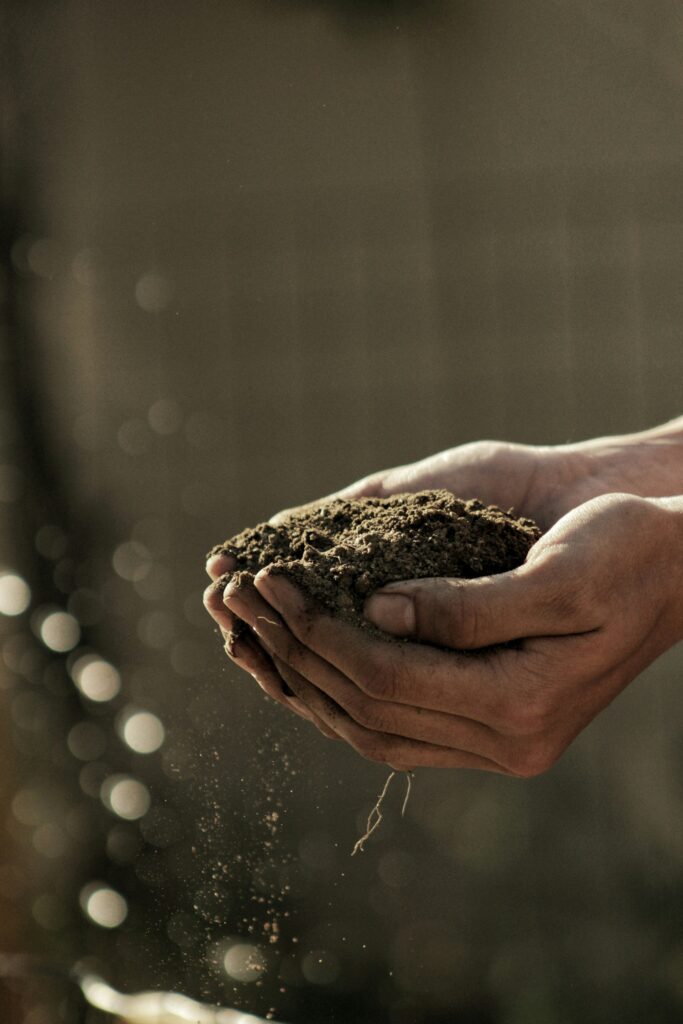In recent years, container gardening has surged in popularity, offering urban dwellers and those with limited outdoor space the opportunity to grow their own fresh, organic vegetables. Whether you have a small balcony, patio, or even just a sunny windowsill, container gardening allows you to cultivate a wide variety of vegetables right at home. In this comprehensive guide, we’ll explore the steps and techniques necessary to grow healthy organic vegetables in containers.

Choosing the Right Containers
Selecting the appropriate containers is crucial for successful container gardening. Opt for containers that are large enough to accommodate the root systems of your chosen vegetables and have adequate drainage holes to prevent waterlogging. Consider materials such as terracotta, plastic, or wood, ensuring they are food-safe and free from harmful chemicals.
Selecting Organic Soil Mix
Healthy, nutrient-rich soil is essential for the growth of organic vegetables. Choose a high-quality organic potting mix that is well-draining and specifically formulated for container gardening. Avoid using garden soil, as it may compact in containers and hinder root development.
Choosing the Right Vegetables
Not all vegetables thrive in containers, so it’s essential to choose varieties that are well-suited for container gardening. Some excellent options include cherry tomatoes, peppers, lettuce, spinach, herbs like basil and parsley, and compact varieties of cucumbers and zucchinis. Consider the mature size of the plants and select vegetables that won’t outgrow their containers.
Providing Adequate Sunlight
Most vegetables require at least 6-8 hours of sunlight per day to thrive. Place your containers in a sunny location, such as a south-facing balcony or patio, where they can receive ample sunlight. If natural light is limited, consider supplementing with grow lights to ensure healthy growth.
Watering Properly
Container-grown vegetables may require more frequent watering than those grown in the ground, as containers can dry out quickly, especially in hot weather. Water your vegetables regularly, ensuring the soil remains consistently moist but not waterlogged. Use a watering can or hose with a gentle spray attachment to water evenly and avoid disturbing the soil.
Fertilizing Organically
To promote healthy growth and abundant harvests, it’s essential to fertilize your container-grown vegetables regularly. Choose organic fertilizers specifically formulated for vegetables and follow the recommended application rates. Alternatively, you can use compost or organic mulches to provide a slow-release source of nutrients.
Pruning and Maintenance
Regular maintenance is key to ensuring the health and productivity of your container garden. Monitor your plants for signs of pests or disease and take prompt action to address any issues. Additionally, prune your vegetables as needed to promote airflow and prevent overcrowding, which can lead to disease.
Harvesting at the Right Time
Harvest your vegetables at the peak of ripeness for the best flavor and nutritional value. Most vegetables will provide clues when they are ready to harvest, such as changes in color, size, or texture. Use clean, sharp scissors or pruners to harvest your vegetables, taking care not to damage the plants.
Rotating Crops
To prevent soil depletion and reduce the risk of disease buildup, practice crop rotation in your containers. Rotate your vegetables each growing season, planting different crops in each container or swapping their positions to ensure a diverse and healthy garden ecosystem.
Enjoying the Fruits of Your Labor
Finally, sit back, relax, and enjoy the satisfaction of growing your own healthy, organic vegetables right at home. Whether you’re savoring a freshly picked salad, whipping up a homemade pasta sauce, or simply admiring the beauty of your thriving container garden, the rewards of container gardening are abundant and delicious.
In conclusion, growing healthy organic vegetables in containers is a rewarding and accessible way to enjoy the benefits of gardening, even in small or urban spaces. By following these tips and techniques, you can create a thriving container garden that provides you with fresh, nutritious produce year-round. So roll up your sleeves, grab your gardening gloves, and get ready to harvest a bountiful crop of organic goodness!